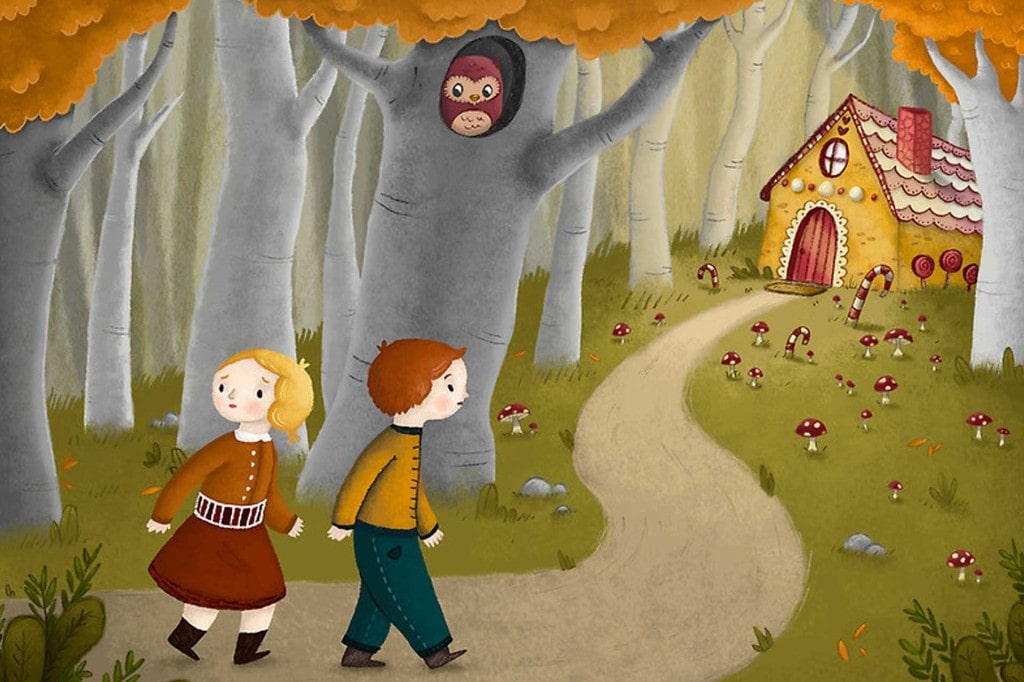
No Pain, No Gain
Natalie Ediger, September 23, 2015· Digital Learning
“No Pain, no Gain” is the third part of our storytelling series. You can read the first part here: Of children’s cassettes and cave paintings and the second part here: Stories are not children’s stuff**
A flood of advertising
**
Stories are great. We know that now. They touch us and it is difficult to ignore them. Furthermore, information that is conveyed through a story is better remembered.
But how can this fact be used for business? How can what inspires us in a book or film help our marketing to take off?
First of all, you have to realize that we are constantly surrounded by advertising in our everyday lives. We are literally bombarded with it! Posters, TV ads, radio ads, search engine ads, newspaper ads, pop-ups on the Internet… Somebody wants to sell us something everywhere and at any time.

But it doesn’t even have to be aggressive, superficial advertising. Products with prominently placed company names also influence us and leave their impressions in our brains.
Attract attention at any price
This avalanche of advertising leads the target audience to the exact opposite of what they actually wanted to achieve: a flood of stimuli. Classic advertising hardly interests anyone anymore. This poses an essential question for companies:
How can one still stand out from the huge amount of advertising?
Marketing based on storytelling should help us to do just that. And that’s by “picking up” the customer at his problems.
Pick up the customer via “Pain
Closely related to this is the keyword “pain” or “conflict”. Conflict is practically the most important component of storytelling. As the linchpin of the whole story, it is responsible for the fact that there is a story at all!
Every hero in every story has a problem, because without a problem the story wouldn’t be exciting. The conflict can be very clear and superficial, as is the case with fairy tales, for example: Hansel and Gretel suddenly had powerful difficulties when they got lost in the forest and met the witch. Cinderella Pain was certainly her mother-in-law, who treated her like a slave and turned her into all kinds of housework.

But a conflict can also be more subtle. Either way, Pain helps your client identify with the hero of the story. Because he has exactly the same “problem” as the hero in the story – and that is behind the statement that we want to pick up the customer with his problems. The reader understands the hero and his difficulties, feels sympathy or even pity for him.
Only when the audience can identify with the hero and share his pain will they be emotionally touched and captivated by the story.